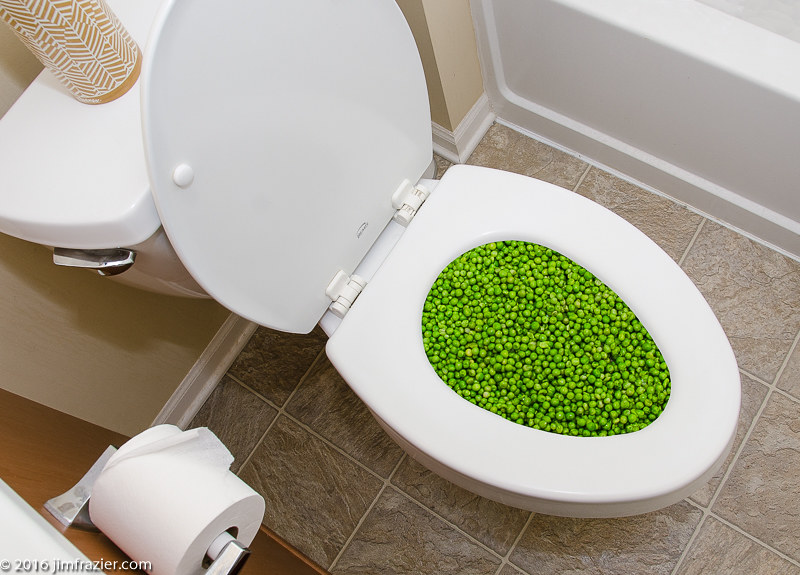Are You Allowed to Dispose of Food in the Toilet?
Are You Allowed to Dispose of Food in the Toilet?
Blog Article
Just how do you really feel in regards to Is it safe to flush food (especially rice) down the toilet??

Introduction
Many individuals are frequently confronted with the issue of what to do with food waste, especially when it comes to leftovers or scraps. One common question that arises is whether it's alright to purge food down the toilet. In this short article, we'll delve into the reasons why people might think about flushing food, the consequences of doing so, and alternative approaches for correct disposal.
Reasons people could consider flushing food
Absence of recognition
Some individuals might not understand the potential harm brought on by flushing food down the toilet. They may erroneously believe that it's a harmless technique.
Convenience
Purging food down the toilet may seem like a fast and very easy service to throwing away undesirable scraps, especially when there's no close-by trash bin available.
Laziness
In some cases, people may simply choose to flush food out of large laziness, without taking into consideration the effects of their actions.
Consequences of flushing food down the bathroom
Environmental influence
Food waste that ends up in waterways can add to contamination and injury marine environments. In addition, the water made use of to purge food can stress water sources.
Pipes concerns
Flushing food can result in blocked pipelines and drains, triggering pricey pipes repairs and troubles.
Sorts of food that ought to not be flushed
Coarse foods
Foods with fibrous textures such as celery or corn husks can get entangled in pipelines and cause obstructions.
Starchy foods
Starchy foods like pasta and rice can absorb water and swell, causing blockages in pipes.
Oils and fats
Greasy foods like bacon or food preparation oils should never ever be purged down the toilet as they can strengthen and trigger blockages.
Appropriate disposal approaches for food waste
Making use of a waste disposal unit
For homes equipped with garbage disposals, food scraps can be ground up and purged with the pipes system. However, not all foods appropriate for disposal in this way.
Recycling
Particular food packaging materials can be recycled, lowering waste and lessening environmental impact.
Composting
Composting is a green means to deal with food waste. Organic products can be composted and utilized to enrich dirt for gardening.
The significance of appropriate waste administration
Reducing environmental injury
Correct waste management practices, such as composting and recycling, help reduce pollution and maintain natural resources for future generations.
Shielding plumbing systems
By preventing the practice of flushing food down the commode, home owners can protect against costly plumbing repair work and preserve the honesty of their plumbing systems.
Final thought
To conclude, while it might be alluring to purge food down the commode for convenience, it is essential to understand the potential effects of this action. By adopting appropriate waste monitoring techniques and taking care of food waste sensibly, people can add to healthier plumbing systems and a cleaner atmosphere for all.
FLUSH FOOD DOWN THE TOILET?
FLUSHING FOOD CAN CAUSE BLOCKED DRAINS IN YOUR HOME
All of the plumbing fixtures in your home are connected to the same sewer pipe outside of your home. This outdoor sewer pipe is responsible for transporting all the wastewater from your home to the Council sewer mains. Even small pieces of food that go down the kitchen sink can cause problems for your sewer. It should therefore be obvious that flushing larger bits of food, such as meat, risks a clog in either the toilet itself or the sewer pipes. Flushing greasy food is even more problematic because oil coagulates when it cools, coating the interior lining of your pipes.
THE TOILET IS NOT A BIN
Food isn’t the only thing that people shouldn’t be flushing down the toilet. People use the toilet to dispose of all kinds of things such as tampons, makeup wipes, dental floss, kitty litter and even underwear. Water goes to great lengths to educate residents about the high costs and stress placed on wastewater treatment systems simply from people flushing the wrong stuff down the toilet. It costs taxpayers millions of dollars each year, and homeowners thousands in blocked drain repairs.
FLUSHING FOOD IS A WASTE OF WATER
Flushing food is a waste of our most precious resource - water. In June this year Level 1 water restrictions were introduced to protect water supply from drought conditions. Much of New South Wales continues to be affected by prolonged drought with recent figures revealing up to 97 per cent of the state remains in drought. Depending on whether you have a single or dual flush toilet, every single flush uses between five and 11 litres of water. In the current climate this is a huge amount of water to be wasting on flushing food that should be placed in the bin (or better yet, the compost).
https://www.jabplumbingsolutions.com.au/blog/can-you-flush-food-down-the-toilet

Do you enjoy more info about ? Give a remark down the page. We'd be delighted to hear your opinion about this entry. We are looking forward that you visit us again in the near future. Sharing is good. Helping people is fun. Thank you for taking the time to read it.
Call Today Report this page